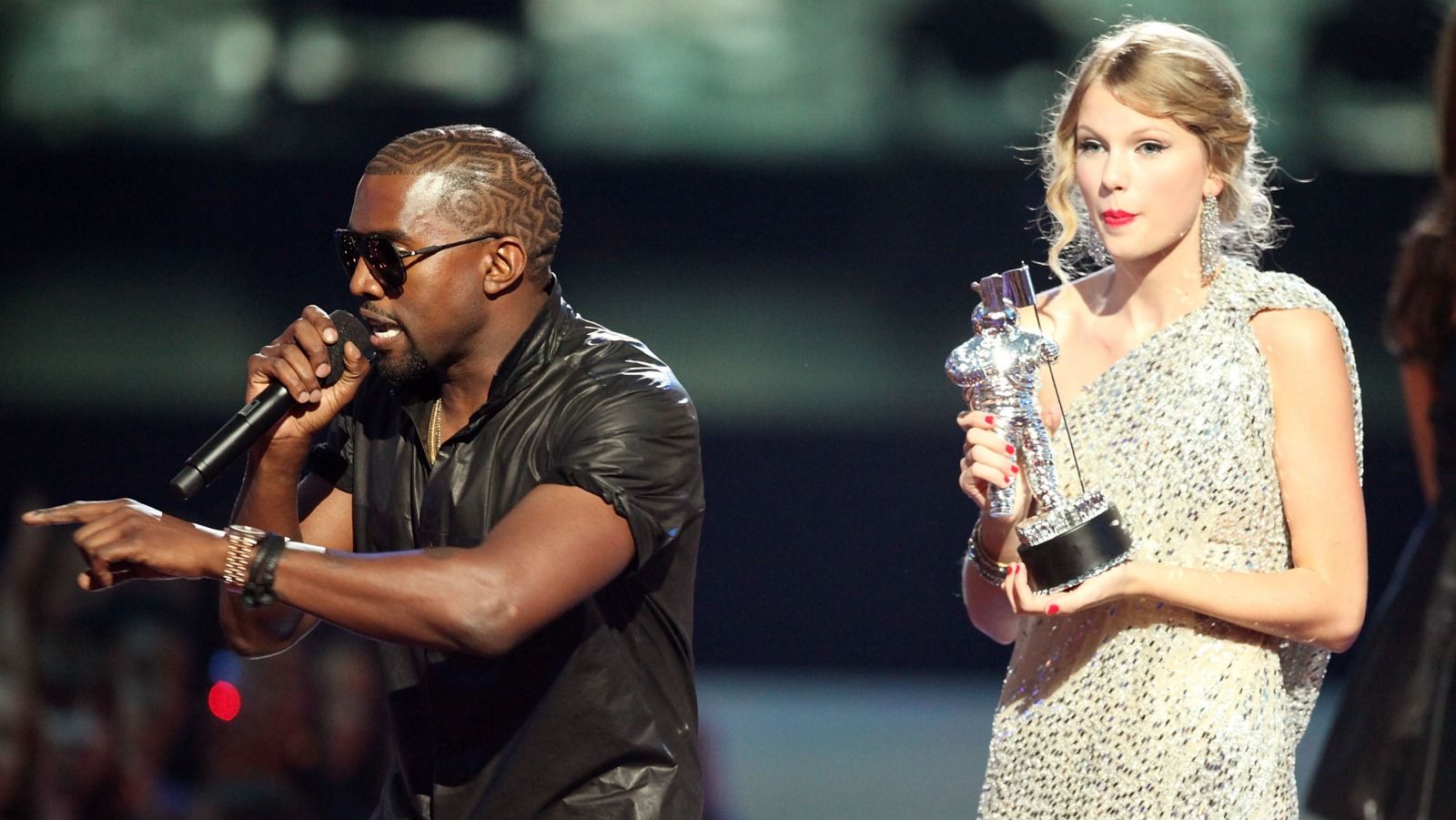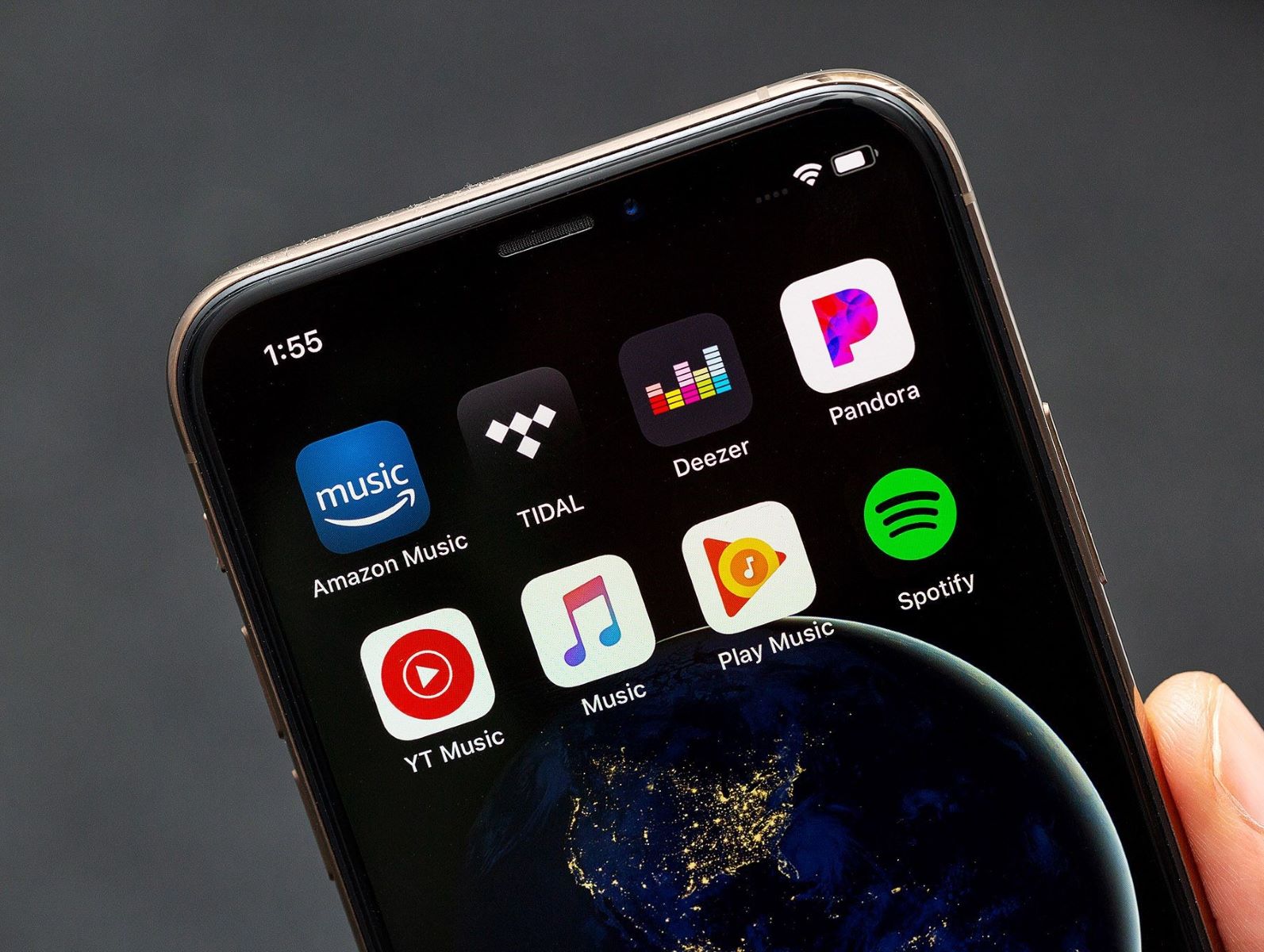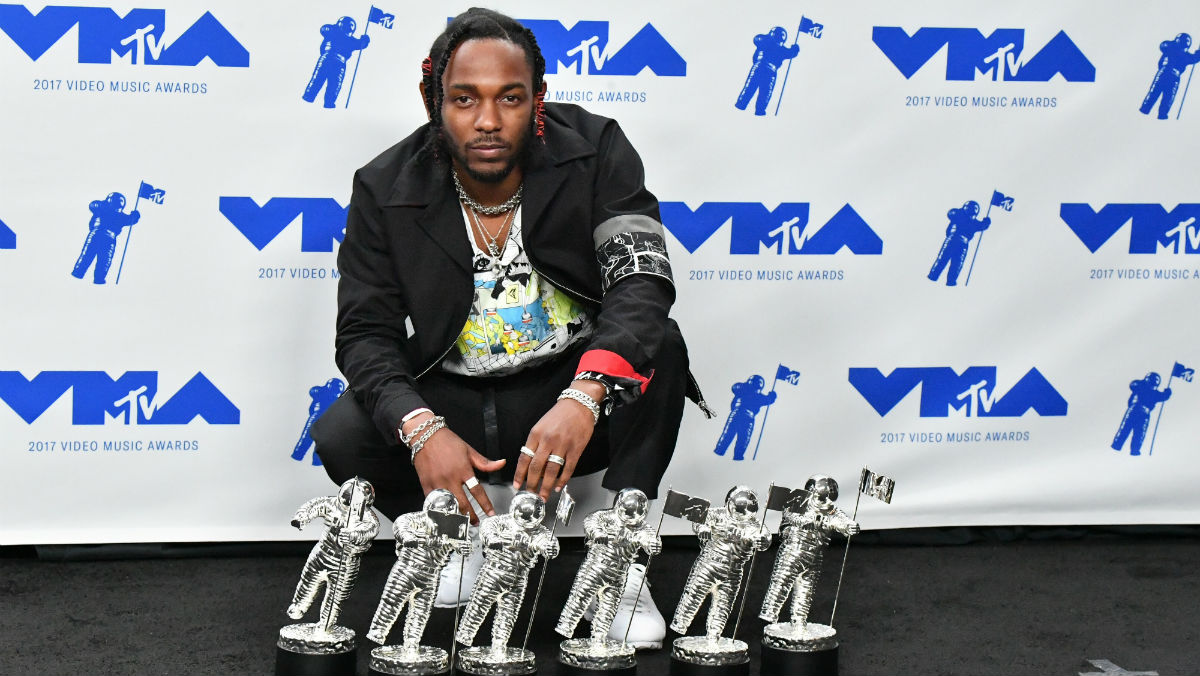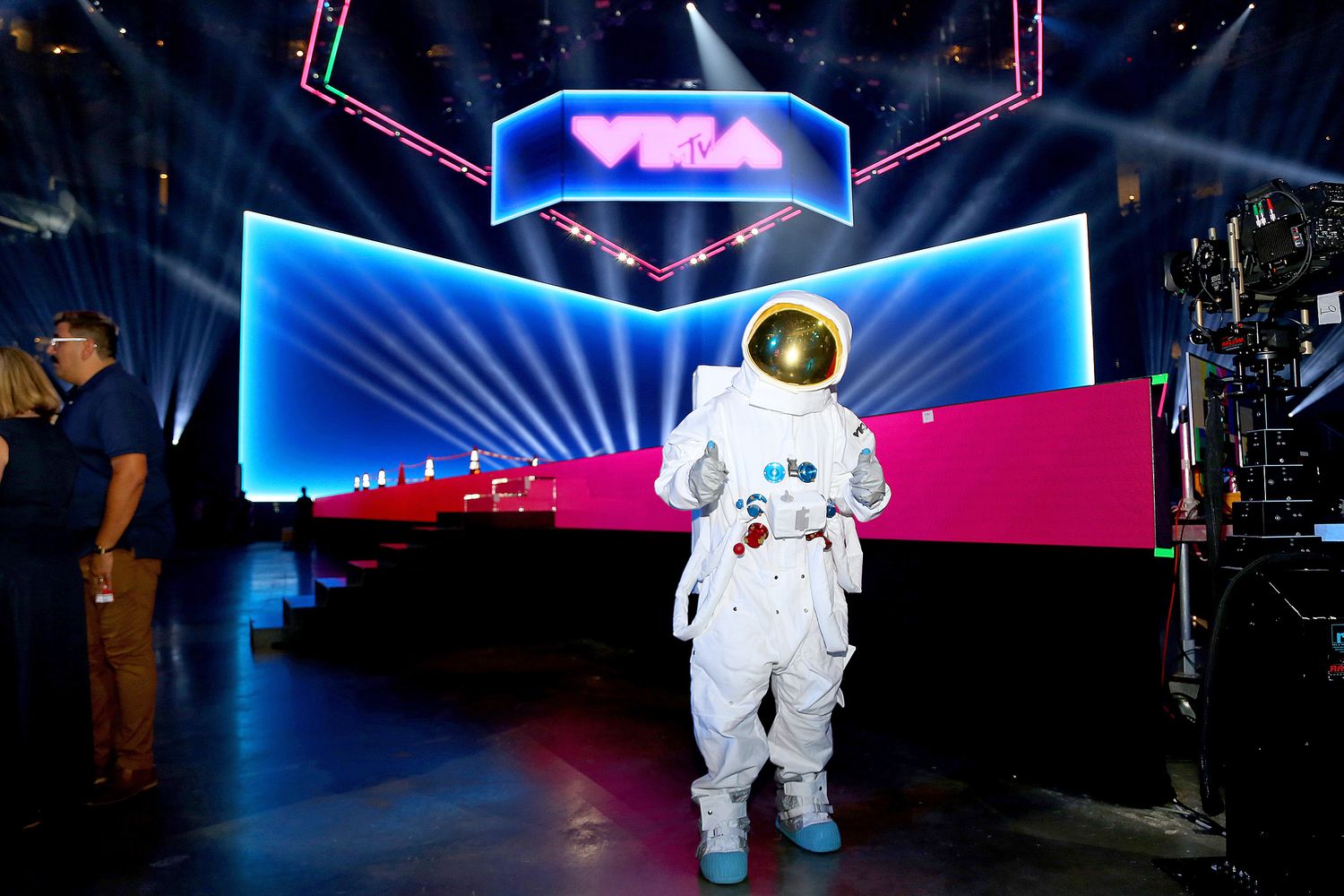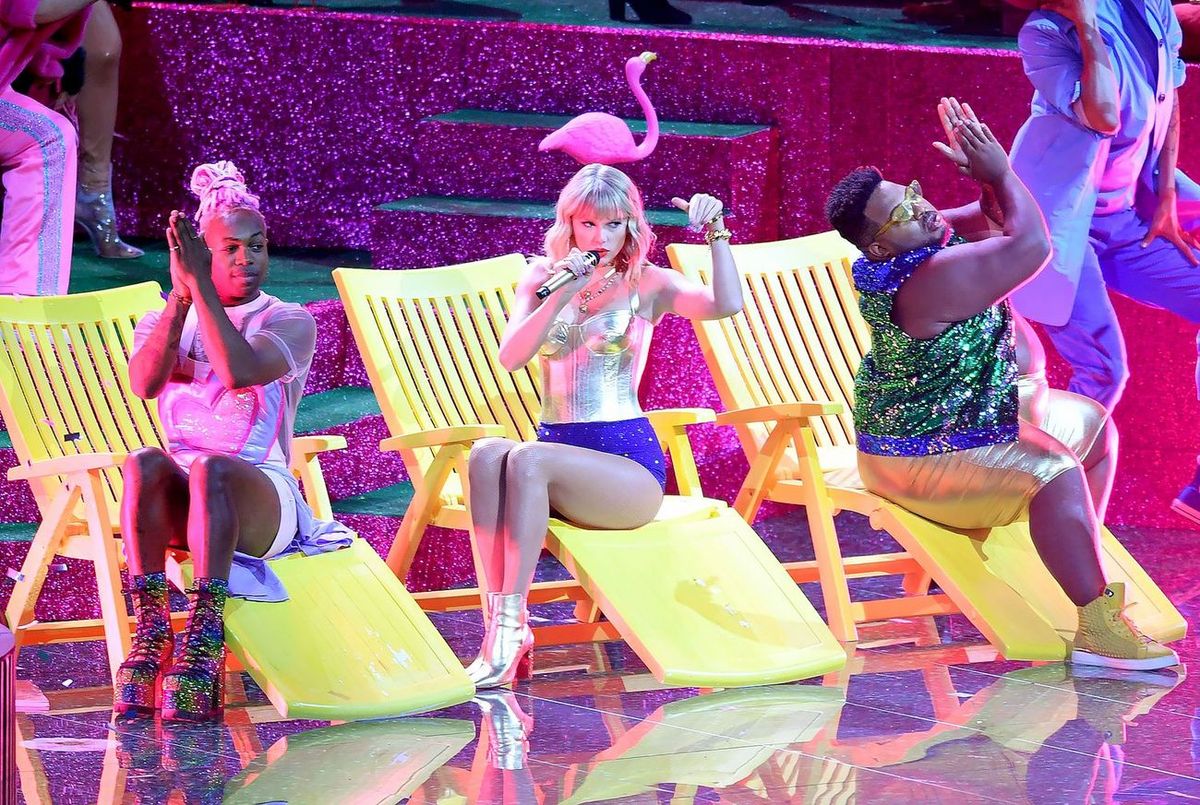Home>Production & Technology>Music Video>What Was The First Music Video Played On MTV
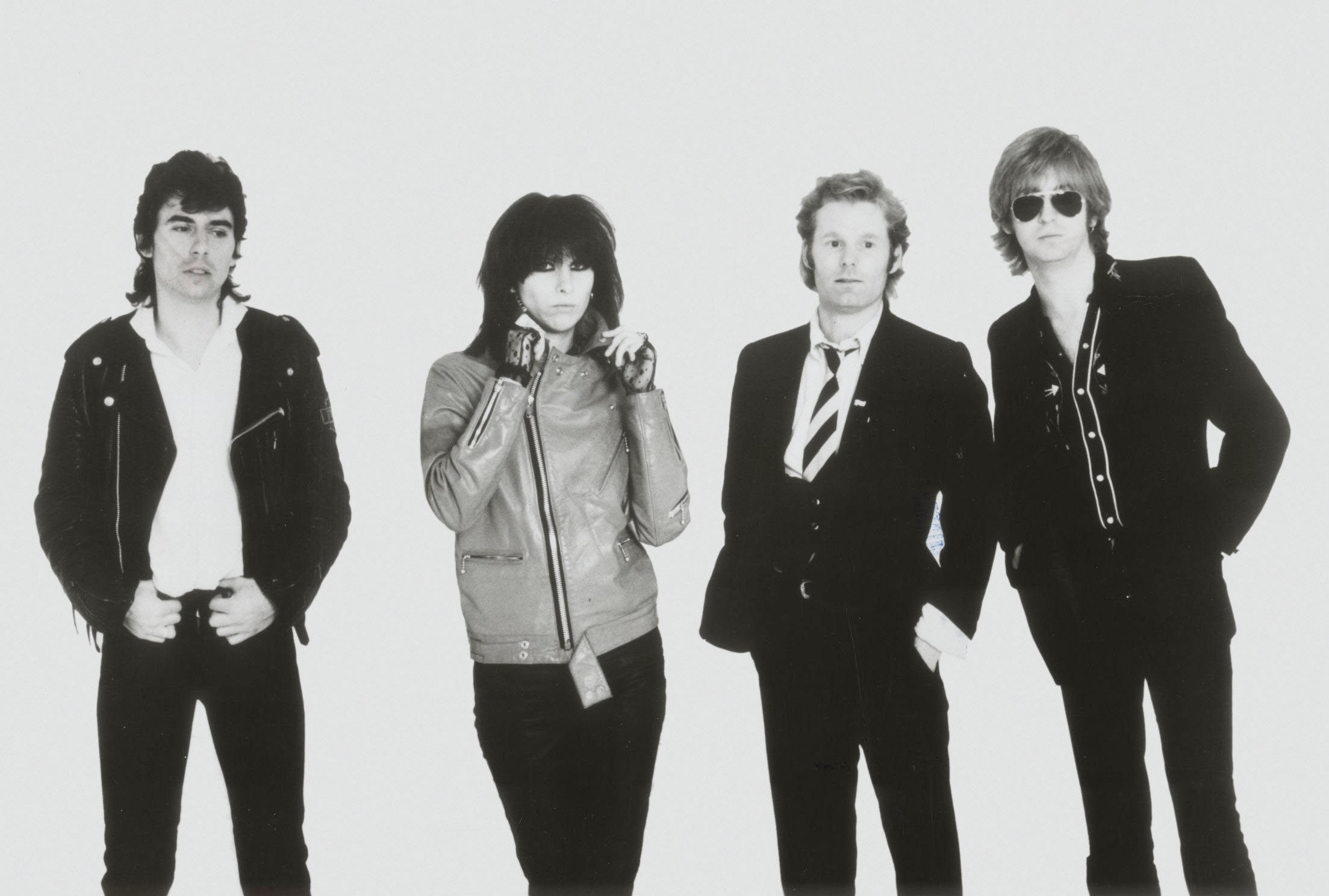

Music Video
What Was The First Music Video Played On MTV
Modified: January 29, 2024
Discover the first music video played on MTV, leading the way for the revolution in visual storytelling. Experience the nostalgia of this iconic moment in music history.
(Many of the links in this article redirect to a specific reviewed product. Your purchase of these products through affiliate links helps to generate commission for AudioLover.com, at no extra cost. Learn more)
Table of Contents
Introduction
Music videos have become an integral part of the music industry, offering a visual representation of the artist’s song and enhancing the overall listening experience. With the rise of platforms like YouTube, music videos have gained even more popularity, reaching billions of viewers worldwide. But before the era of online streaming, there was one platform that revolutionized the way we consume music videos: MTV.
MTV, short for Music Television, burst onto the scene on August 1, 1981, forever changing the landscape of music and popular culture. It was the first channel solely dedicated to playing music videos 24 hours a day. With its cutting-edge approach and innovative programming, MTV quickly became a cultural phenomenon, shaping the tastes and preferences of a generation.
But what was the first music video ever played on MTV? In this article, we will explore the launch of MTV and the evolution of music videos, leading up to the historic moment when the first music video was introduced to the world.
The Launch of MTV
The launch of MTV was a game-changer for the music industry. Before MTV, music videos were a relatively niche form of media, primarily shown on late-night television or as promotional tools for artists. However, the founders of MTV, Robert W. Pittman and John Lack, recognized the potential of music videos as a way to connect with audiences on a larger scale.
On August 1, 1981, MTV went live, broadcasting from a studio in New York City. The network initially reached approximately 1.5 million households, but its impact was far-reaching. Suddenly, artists had a new medium through which they could showcase their music and unique artistic vision.
MTV’s programming initially consisted of music videos curated by VJs (video jockeys) who introduced the videos and provided commentary in between. The channel quickly gained popularity, and its influence on popular culture grew exponentially.
With a focus on youth-oriented content and a constant stream of music videos, MTV became the go-to destination for music lovers. It didn’t take long for the channel to become a driving force behind the success of numerous artists, catapulting them into the mainstream and launching their careers.
MTV not only provided a platform for established acts but also helped discover and promote new talent. Up-and-coming artists had the opportunity to reach a wide audience, gaining exposure that was previously reserved for a select few.
The launch of MTV not only revolutionized music consumption but also had a profound impact on the music industry as a whole. Record labels began to invest more in music videos, recognizing their potential for propelling artists to stardom. Musicians started to view music videos as an essential part of their artistic expression, incorporating storytelling and visual elements into their work.
MTV’s influence didn’t stop at music videos; it also shaped fashion, trends, and even the way people viewed and listened to music. The channel’s VJs became household names, and MTV Awards became highly anticipated events in the entertainment industry.
The launch of MTV changed the game for music videos, transforming them from a supplemental promotional tool to an essential part of the music industry. With MTV blazing the trail, music videos became a powerful medium capable of captivating audiences and propelling artists to stardom.
The Evolution of Music Videos
Music videos have come a long way since their inception. In the early days of the medium, music videos were often simple, performance-based visuals featuring the artist or band singing and playing their instruments. However, as technology advanced and artistic creativity flourished, music videos began to evolve and push the boundaries of storytelling and visual aesthetics.
In the 1980s, with the rise of MTV’s popularity, music videos became more elaborate and cinematic. Artists started to collaborate with directors and filmmakers to create visually stunning videos that complemented their songs. This era saw the birth of iconic music videos such as Michael Jackson’s “Thriller,” which not only showcased innovative dance moves but also incorporated a narrative-driven storyline.
The 1990s brought another wave of innovation in music videos. With the advent of computer-generated imagery (CGI) and advancements in technology, artists embraced the opportunities to create visually stunning and surreal videos. Bands like Nirvana and Pearl Jam used music videos as a medium to convey social and political messages, adding depth and meaning to their music.
As the internet became more accessible in the late 1990s and early 2000s, the music video landscape underwent another shift. Artists started to release their videos online, reaching a global audience instantly. Platforms like YouTube further democratized the medium, allowing independent artists and DIY filmmakers to create and share their music videos without the need for major label backing.
Today, music videos continue to evolve and adapt to the digital age. Artists are experimenting with new formats, such as vertical videos optimized for mobile viewing and interactive experiences that engage viewers on a deeper level. The rise of streaming platforms like Vevo and Apple Music has provided new avenues for music video distribution, making them more accessible to audiences worldwide.
Artists are also using music videos as a platform for social commentary and activism. In recent years, videos tackling issues like racial inequality, climate change, and LGBTQ+ rights have garnered attention and sparked important conversations.
Furthermore, advancements in technology, such as virtual reality (VR) and augmented reality (AR), are opening up even more possibilities for immersive music video experiences. Artists can now transport viewers into their creative worlds and blur the lines between reality and fiction.
Overall, the evolution of music videos reflects the ever-changing nature of the music industry and society as a whole. From simple performance-based videos to cinematic masterpieces, music videos have become an integral part of an artist’s brand and a vital tool for connecting with audiences in a visually captivating way.
The First Music Video on MTV: “Video Killed the Radio Star” by The Buggles
When MTV launched on August 1, 1981, the very first music video to be broadcasted on the channel was “Video Killed the Radio Star” by The Buggles. This iconic song, with its catchy synth-pop sound, set the stage for the future of music videos and left an indelible mark on pop culture.
“Video Killed the Radio Star” was a perfect choice to kick off MTV’s programming because its lyrics celebrated the power of the visual medium while simultaneously acknowledging the shift in the music industry. The song, written by Trevor Horn, Geoff Downes, and Bruce Woolley, reflected on the impact of emerging technology on the traditional medium of radio.
The music video for “Video Killed the Radio Star” was directed by Russell Mulcahy, who utilized a mix of futuristic and retro visuals to create an aesthetically pleasing and captivating experience. The video featured the band members of The Buggles performing the song amidst a backdrop of colorful visuals, blending live action footage and retro-style animation.
With its playful yet innovative visuals, “Video Killed the Radio Star” encapsulated the spirit of the 1980s and the technological advancements that were reshaping the music industry at the time. The video perfectly complemented the music, providing a visual narrative that enhanced the overall listening experience.
The success of “Video Killed the Radio Star” on MTV helped solidify the importance of music videos as a promotional tool and a means of artistic expression. The Buggles themselves symbolized the new wave of musicians who embraced both music and visuals, creating a synergy that resonated with the audience.
Following its debut on MTV, “Video Killed the Radio Star” quickly gained popularity and propelled The Buggles to international fame. The song reached the top of the charts in several countries, becoming an anthem for the era of music videos.
The significance of “Video Killed the Radio Star” extends beyond its status as the first music video played on MTV. It represented a cultural shift, where the medium of television merged with the world of music, shaping the landscape of popular culture for decades to come. This historic video cemented the importance of music videos as a visual and audio art form, forever changing the way we consume and appreciate music.
The Impact of “Video Killed the Radio Star”
“Video Killed the Radio Star” by The Buggles not only holds the distinction of being the first music video played on MTV but also made a lasting impact on the music industry and popular culture. Its release and subsequent success marked a turning point in the way music was consumed and solidified the significance of music videos as a crucial element in an artist’s repertoire.
One of the key impacts of “Video Killed the Radio Star” was its ability to capture the cultural zeitgeist of the time. The lyrics, with their nostalgic reference to the decline of radio in the face of emerging video technology, struck a chord with listeners who were witnessing the dawn of a new era. The song tapped into the anxieties and excitement surrounding the changing media landscape, perfectly encapsulating the sentiments of a generation.
Furthermore, the music video itself played a pivotal role in solidifying the importance of visuals in promoting music. The Buggles’ video, directed by Russell Mulcahy, showcased the band members performing amidst eye-catching visuals and animated elements. This visual spectacle complemented the infectious melody and clever lyrics of the song, enhancing the overall listening experience.
“Video Killed the Radio Star” set the stage for the rise of the music video as a promotional tool. Record labels and artists recognized the potential for music videos to capture audiences’ attention and drive album sales. Music videos became a creative outlet for artists to express their artistic vision, tell stories, and connect with their fans on a deeper level.
The success of “Video Killed the Radio Star” on MTV propelled the channel to greater heights. The Buggles’ catchy tune paved the way for the exposure of countless other artists and helped establish MTV as a cultural phenomenon. The channel became a launching pad for artists to gain widespread recognition and connect with a global fanbase.
Additionally, the success of “Video Killed the Radio Star” signaled to the music industry that visuals were no longer an afterthought but an integral part of an artist’s brand. Label executives began investing more in music video production, allowing for more creative and visually stunning videos to be produced. This shift transformed music videos from mere promotional tools into art forms in their own right.
The impact of “Video Killed the Radio Star” extends beyond its immediate success. It helped pave the way for the subsequent explosion of music videos as an essential element of the music industry. The song’s legacy lives on, serving as a reminder of the transformative power of music videos and their ability to captivate audiences, shape popular culture, and forever intertwine music and visuals.
Other Notable Early Music Videos on MTV
While “Video Killed the Radio Star” by The Buggles may have been the first music video played on MTV, it was just the beginning of a new era in music and visual storytelling. In the early years of MTV, numerous iconic music videos made their mark and became synonymous with the channel’s success, forever etching themselves into pop culture history.
One notable early music video is “Thriller” by Michael Jackson. Directed by John Landis, “Thriller” was a mini-film that pushed the boundaries of what a music video could be. Released in 1983, the video featured a captivating narrative, impressive choreography, and groundbreaking special effects. It became a cultural phenomenon and solidified Michael Jackson’s status as the King of Pop.
Another groundbreaking video from the early years of MTV was A-ha’s “Take On Me.” Released in 1985, the video combined live-action and rotoscope animation, creating a visually stunning and captivating experience. The video’s innovative use of animation and its engaging storyline propelled A-ha to international fame.
Madonna’s “Like a Prayer” was another early music video that caught attention for its provocative imagery and controversial themes. Released in 1989, the video featured religious iconography, interracial relationships, and implied criticism of social injustices. The video sparked widespread debate and cemented Madonna’s reputation as a boundary-pushing artist.
Another memorable early music video is Peter Gabriel’s “Sledgehammer.” Directed by Stephen R. Johnson, the video utilized stop-motion animation, claymation, and other visual effects to create a visually stunning and surreal experience. “Sledgehammer” became the most-played music video in MTV’s history at that time, winning numerous awards and showcasing Gabriel’s creative genius.
Meanwhile, Duran Duran’s “Hungry Like the Wolf” and Prince’s “When Doves Cry” were also influential music videos from the early years of MTV. These videos showcased the artistry and charisma of the respective artists while pushing the boundaries of what could be achieved visually in a music video.
These are just a few examples of the many notable early music videos that captivated audiences during the emergence of MTV. Each of these videos contributed to the growing importance and impact of music videos as a medium of artistic expression. They showcased the diverse range of creativity and innovation that could be achieved within the realm of a music video, forever changing the way we experience and appreciate music.
Conclusion
The launch of MTV in 1981 marked a significant turning point in the music industry. With its round-the-clock broadcast of music videos, MTV revolutionized the way we consume and interact with music. The first music video played on MTV, “Video Killed the Radio Star” by The Buggles, set the stage for the future of music videos and left an indelible mark on popular culture.
Since then, music videos have evolved from simple performance-based visuals to elaborate cinematic productions. They have become an integral part of an artist’s brand, providing a platform for creativity and storytelling. Music videos have the power to captivate audiences, enhance the listening experience, and propel artists to stardom.
The impact of “Video Killed the Radio Star” extends beyond its status as the first music video on MTV. It signaled a cultural shift, where visuals and music merged to create a new form of artistic expression. The success of the song and its accompanying video paved the way for the rise of music videos as a promotional tool and an essential part of the music industry.
“Video Killed the Radio Star” inspired countless artists and continues to influence the music video landscape today. It opened doors for innovation, creativity, and experimentation in the medium. Music videos have become a global phenomenon, reaching billions of viewers through platforms like YouTube and reshaping the way we discover, consume, and share music.
From iconic videos like Michael Jackson’s “Thriller” to the visually stunning animations of A-ha’s “Take On Me,” early music videos on MTV set the stage for a new era of audiovisual storytelling. They demonstrated the potential for videos to push boundaries, evoke emotions, and leave a lasting impression on audiences.
As technology continues to advance, the future of music videos is filled with even more possibilities. Virtual reality, augmented reality, and interactive experiences are transforming the way we engage with music visuals, blurring the lines between fantasy and reality.
In conclusion, music videos have become an inseparable part of the music industry, providing artists with a powerful medium to convey their artistic vision and connect with audiences on a deeper level. The impact of the first music video played on MTV, “Video Killed the Radio Star,” cannot be overstated. It helped shape the course of music video history and laid the foundation for the incredible creativity and innovation that followed.


